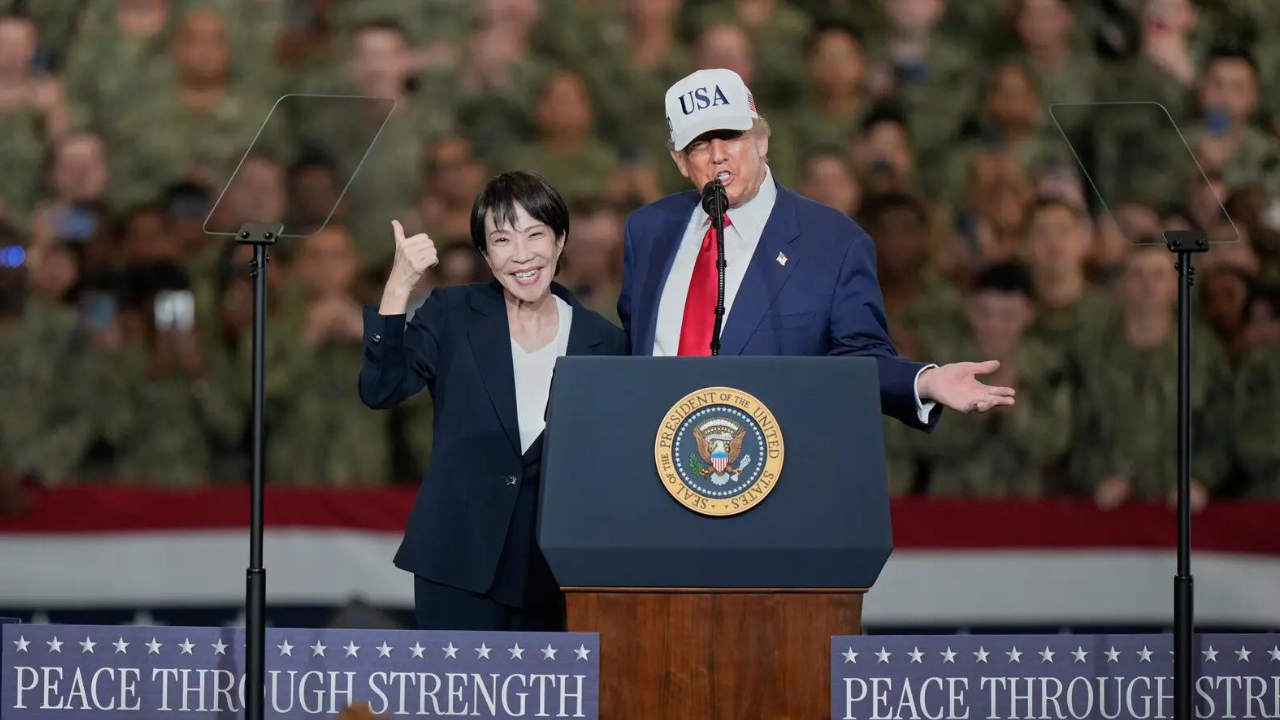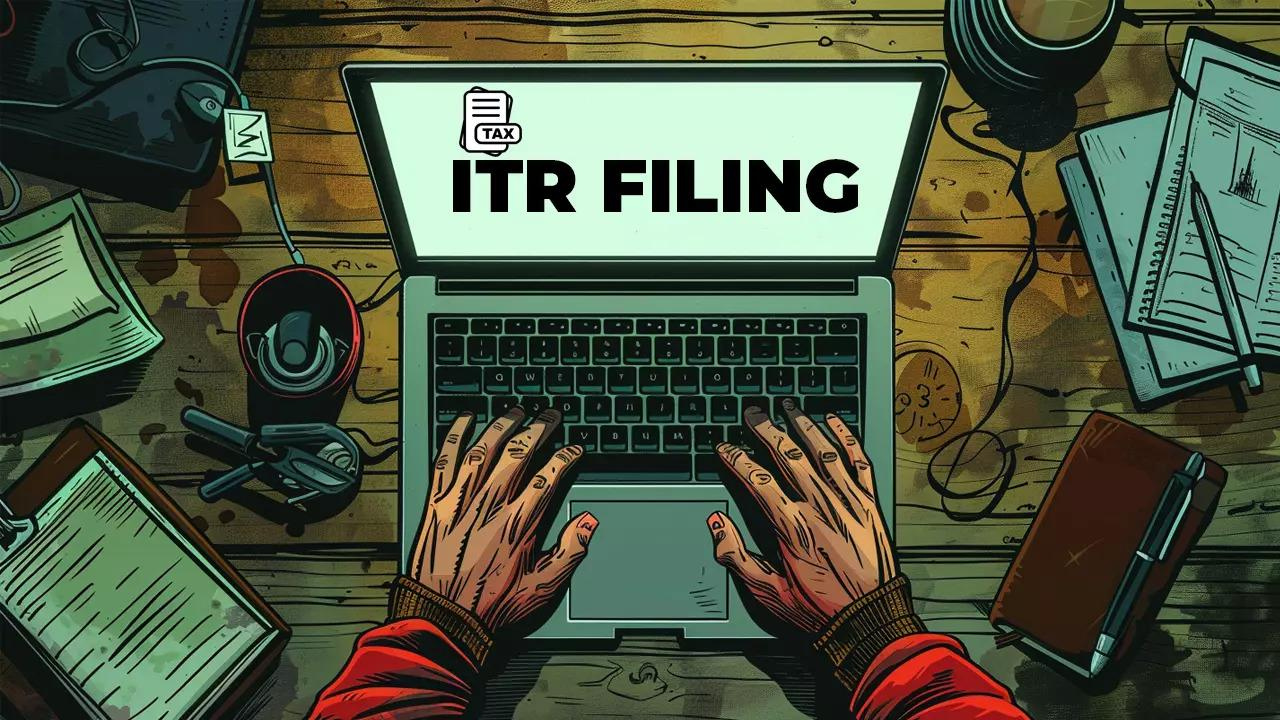Investing in MSEI: Opportunities and Risks for 2025–2030
Is investing in the Metropolitan Stock Exchange of India (MSEI) safe? Explore growth prospects, risks, and expert insights for 2025–2030. Stay informed with SuratTimes Finance.

Join our WhatsApp Community to receive travel deals, free stays, and special offers!
- Join Now -
Join our WhatsApp Community to receive travel deals, free stays, and special offers!
- Join Now -
Investing in Metropolitan Stock Exchange of India: Opportunities and Risks for 2025–2030
By SuratTimes Finance Desk | April 21, 2025
The Metropolitan Stock Exchange of India (MSEI), once known as MCX Stock Exchange, has emerged as a speculative yet intriguing investment opportunity in India’s rapidly growing financial ecosystem. With recent fundraising, potential IPO buzz, and ambitious revival plans, MSEI’s unlisted shares have caught the attention of investors seeking high-risk, high-reward bets. However, its historical underperformance and competitive challenges raise questions about its viability. This article delves into the safety of investing in MSEI, its growth prospects and risks for 2025–2030, and key factors to consider before investing, tailored for SuratTimes.com’s finance readers.
What Is MSEI?
Launched in 2008, MSEI is India’s third-largest stock exchange, trailing behind the Bombay Stock Exchange (BSE) and National Stock Exchange (NSE). Regulated by the Securities and Exchange Board of India (SEBI), MSEI aims to provide a transparent and technology-driven platform for trading equities, derivatives, and other financial instruments. Despite its early promise, MSEI has struggled to gain market share, with declining trading volumes and persistent losses. However, a recent ₹238 crore fundraise in December 2024 from prominent investors like Groww and Zerodha has reignited interest in its potential revival.
MSEI’s shares are currently unlisted, traded in the grey market through platforms like Stockify or UnlistedZone. The share price surged from ₹1.2 in September 2024 to ₹12.5 by January 2025, reflecting optimism about its future, particularly with talks of a possible initial public offering (IPO).
Is Investing in MSEI Safe?
Investing in MSEI is high-risk due to several factors:
-
Unlisted Shares: Trading in the grey market lacks the liquidity and regulatory oversight of listed securities, increasing risks of price volatility and limited exit options.
-
Financial Challenges: MSEI has reported net losses for years, with a declining net worth that once risked falling below SEBI’s ₹100 crore minimum requirement. While recent fundraising mitigates this, profitability remains uncertain.
-
Market Competition: MSEI competes with BSE and NSE, which dominate India’s stock market with larger volumes and stronger brand recognition.
-
Regulatory Risks: SEBI’s 2023 order flagged governance irregularities, raising concerns about compliance and operational stability.
Verdict: MSEI is not a “safe” investment for conservative investors. It suits those with a high risk appetite, a long-term horizon, and faith in its turnaround potential. Always consult a financial advisor before investing in unlisted shares.
Growth Prospects for 2025–2030
MSEI’s trajectory over the next five years depends on its ability to execute revival plans and capitalize on India’s growing capital markets. Below are key drivers of potential growth and projections.
Key Growth Drivers
-
Recent Fundraising Boost
In December 2024, MSEI raised ₹238 crore from investors like Billionbrains Garage Ventures (Groww’s parent), Rainmatter Investments (Zerodha’s founders), Share India Securities, and Securicorp Securities, valuing the exchange at ~₹1,200 crore. This capital will fund technological upgrades, new product launches, and efforts to boost trading volumes. -
Strategic Revival Plans
MSEI aims to relaunch its flagship SX40 index, introduce futures and options (F&O) contracts, and develop unique products not offered by BSE or NSE. These initiatives could attract traders, particularly in niche segments like small and medium enterprises (SMEs). -
IPO Potential
Speculation about an IPO, possibly in 2025 or later, has fueled investor interest. A successful IPO could mirror BSE’s 140% rally in 2024, offering significant returns for early investors. However, no confirmed timeline exists. -
India’s Booming Capital Markets
India’s stock market is expanding, with retail participation at just 2.5% of the population. Government initiatives for financial inclusion and growing foreign investment could benefit smaller exchanges like MSEI if it captures Tier II/III city investors or SMEs. -
SEBI Support
SEBI favors reduced market concentration and may back MSEI to create triangular competition, potentially easing regulatory hurdles or providing incentives.
Growth Projections
-
Bull Case: If MSEI successfully relaunches SX40, launches competitive products, and goes public, its share price could reach ₹15–₹30 by 2030, driven by increased trading volumes and market share. An IPO could push valuations higher, potentially mirroring BSE’s growth.
-
Base Case: Moderate growth to ₹10–₹20, assuming partial success in revival plans but continued competition from BSE/NSE.
-
Likelihood: 60% chance of moderate to high growth, contingent on execution and market conditions.
Risks and Potential Downfall
Despite optimistic developments, MSEI faces significant hurdles that could lead to stagnation or decline.
Key Risks
-
Historical Underperformance
MSEI’s trading volumes have declined since July 2021, and its earnings per share (EPS) fell from -0.1 to -0.02 in recent years. Past revival attempts, like a ₹97 crore rights issue in 2016, failed to deliver sustainable growth. -
Competitive Pressure
BSE and NSE’s dominance makes it challenging for MSEI to attract traders without a first-mover advantage in new segments. Limited brand recall further hampers its appeal. -
Financial Fragility
In January 2022, MSEI warned SEBI of potential closure or merger if its net worth fell below ₹100 crore. Sustained losses could erode investor confidence despite recent fundraising. -
Liquidity and IPO Uncertainty
Unlisted shares have low liquidity, and grey market trading increases volatility. If an IPO is delayed or canceled, share prices could stagnate or crash. -
Regulatory and Market Risks
Past SEBI orders on irregularities and global uncertainties (e.g., U.S. tariff policies, economic slowdown) could impact MSEI’s operations and investor sentiment.
Downfall Projections
-
Bear Case: If MSEI fails to increase trading volumes or achieve profitability, its share price could drop to ₹1–₹5, similar to pre-2024 levels. In a worst-case scenario, continued losses could lead to merger talks or closure.
-
Likelihood: 40% chance of stagnation or decline, particularly if competitive and financial challenges persist.
Opportunities for Investors
-
High-Reward Potential: The 10x share price surge (₹1.2 to ₹12.5) in 2024–2025 and IPO speculation offer significant upside for early investors.
-
Backing from Industry Leaders: Investments from Groww, Zerodha, and banks like SBI, HDFC, and Axis add credibility and attract institutional interest.
-
Niche Market Focus: MSEI’s emphasis on SMEs and alternate products could carve out a unique position, appealing to underserved markets.
-
Technological Innovation: MSEI’s focus on advanced trading technology could differentiate it, especially if it enhances transparency and efficiency.
Risks to Watch
-
Execution Risk: Revival plans are speculative and depend on management’s ability to compete in a crowded market.
-
Liquidity Constraints: Grey market trading limits exit options, and investors may struggle to sell shares at desired prices.
-
Financial Sustainability: Continued losses could undermine investor confidence, even with recent capital.
-
Market Volatility: Global and domestic economic uncertainties could disproportionately affect smaller players like MSEI.
Should You Invest in MSEI?
For Aggressive Investors:
-
MSEI offers a speculative opportunity with high-reward potential, especially if an IPO materializes or trading volumes rise.
-
Limit exposure to 5–10% of your portfolio to mitigate risks.
-
Monitor MSEI’s financial reports, trading volumes, and IPO developments closely.
For Conservative Investors:
-
Avoid MSEI due to its high risk, illiquidity, and uncertain profitability.
-
Consider listed alternatives like BSE, which offer exposure to India’s capital market growth with lower risk.
Actionable Tips:
-
Use trusted platforms like Stockify or UnlistedZone for grey market trading to minimize fraud risks.
-
Consult a SEBI-registered financial advisor to assess your risk profile.
-
Stay updated via SuratTimes.com’s finance section for MSEI news and market trends.
Conclusion
The Metropolitan Stock Exchange of India stands at a crossroads. The ₹238 crore fundraise, backing from Groww and Zerodha, and potential IPO make it an exciting bet for risk-tolerant investors. However, its history of losses, competitive challenges, and liquidity risks demand caution. Over 2025–2030, MSEI could either emerge as a niche player in India’s capital markets or falter under pressure from BSE and NSE. For Surat’s savvy investors, MSEI represents a high-stakes gamble—proceed with due diligence and a clear strategy.
Disclaimer: Investing in unlisted shares carries significant risks. SuratTimes.com is not responsible for any financial losses. Always consult a certified financial advisor before investing.
What's Your Reaction?
 Like
0
Like
0
 Dislike
0
Dislike
0
 Love
0
Love
0
 Funny
0
Funny
0
 Angry
0
Angry
0
 Sad
0
Sad
0
 Wow
0
Wow
0






















































